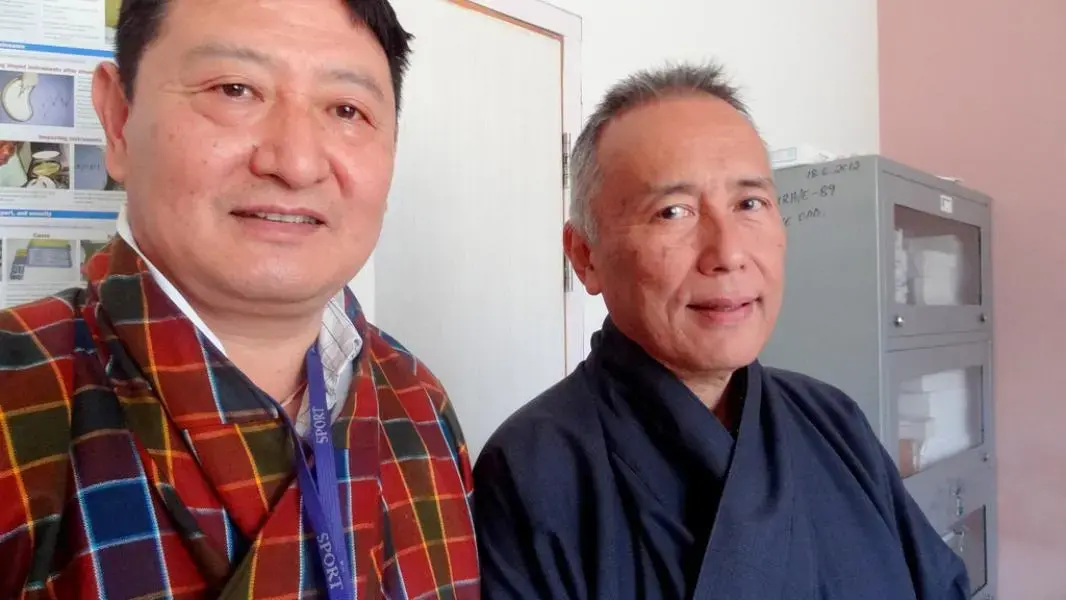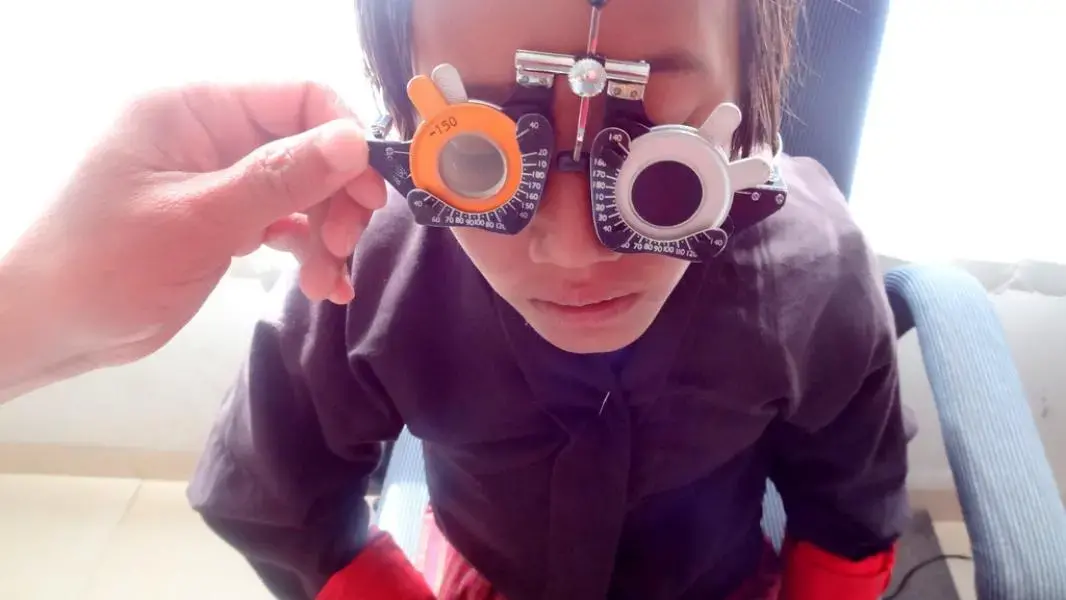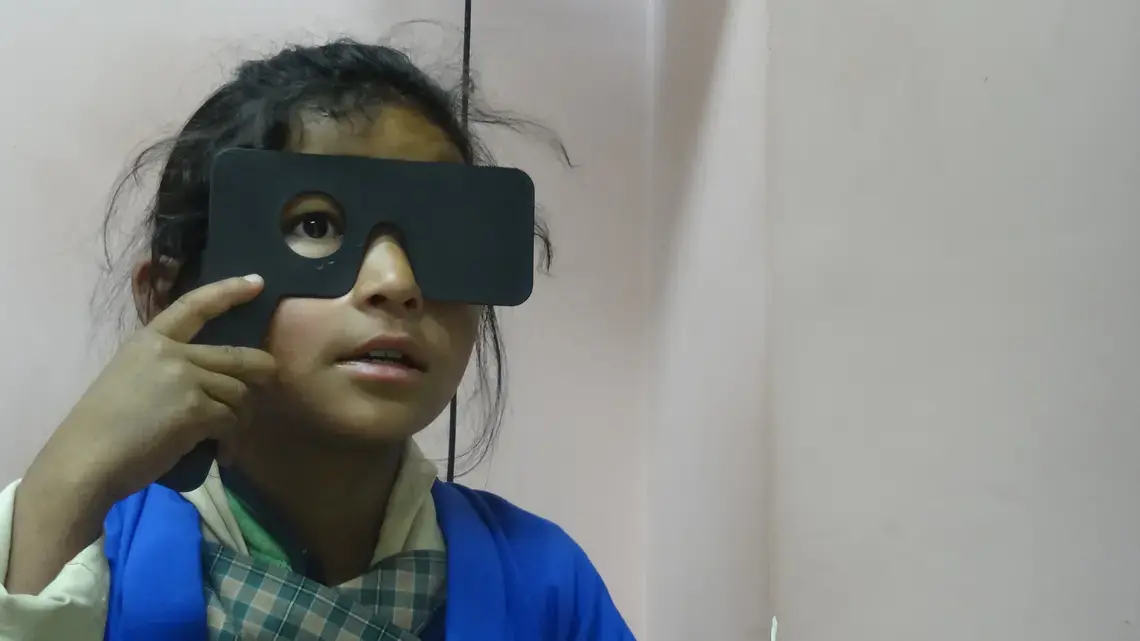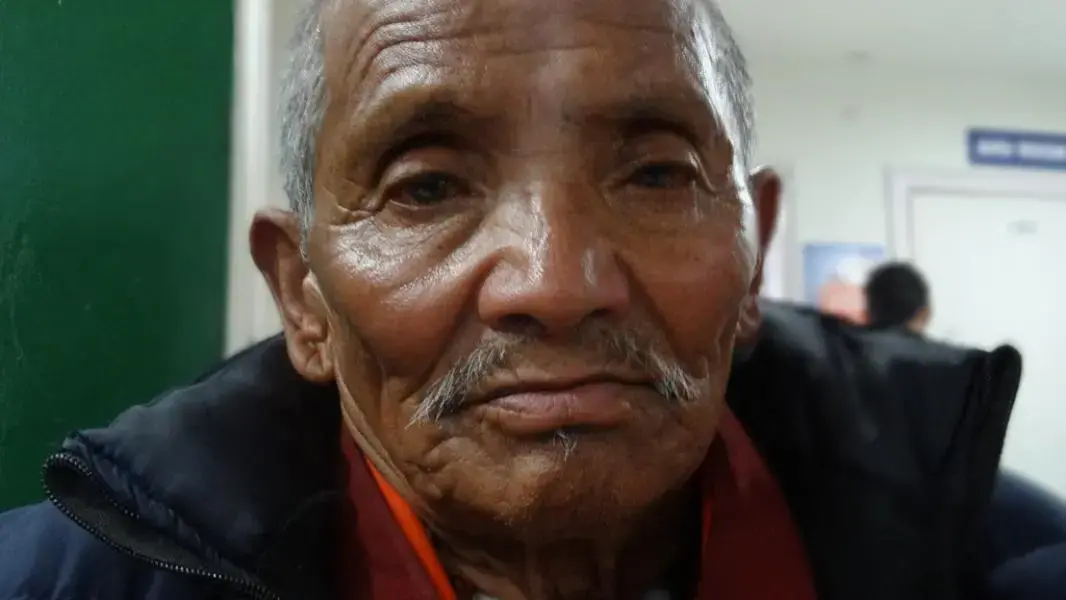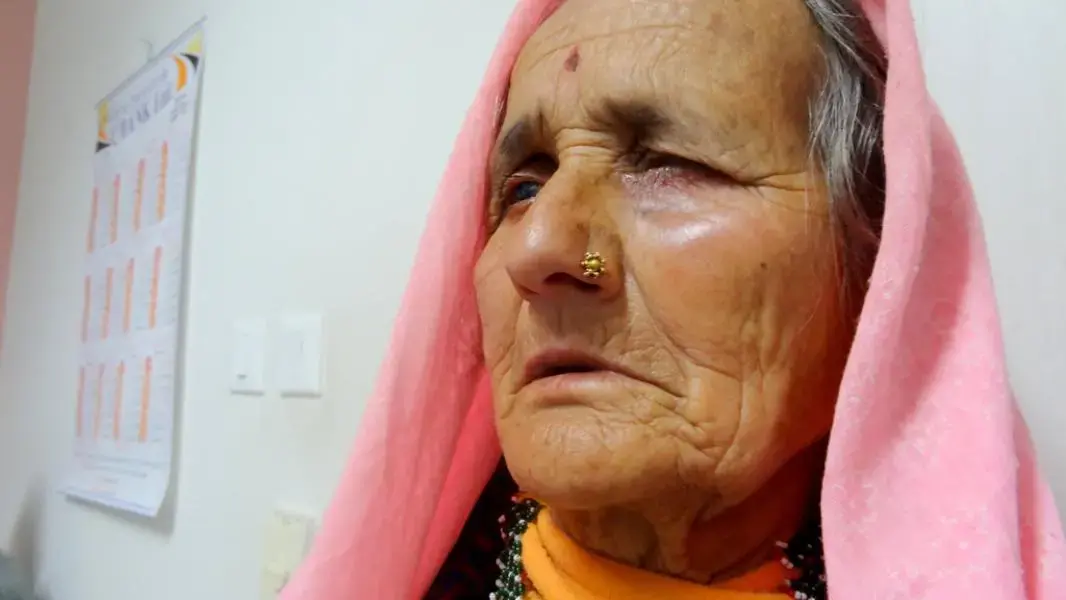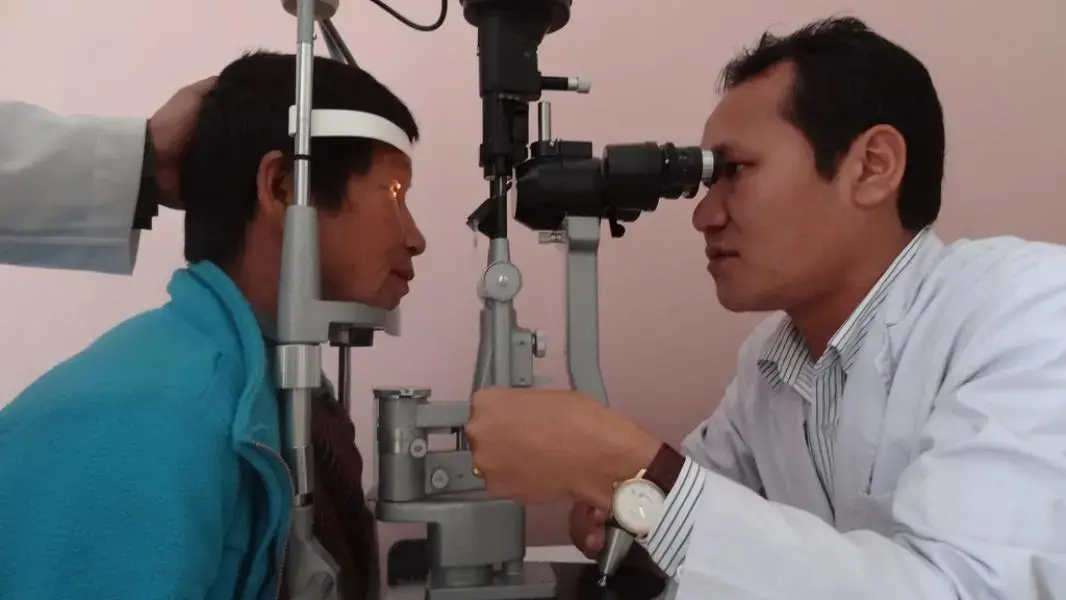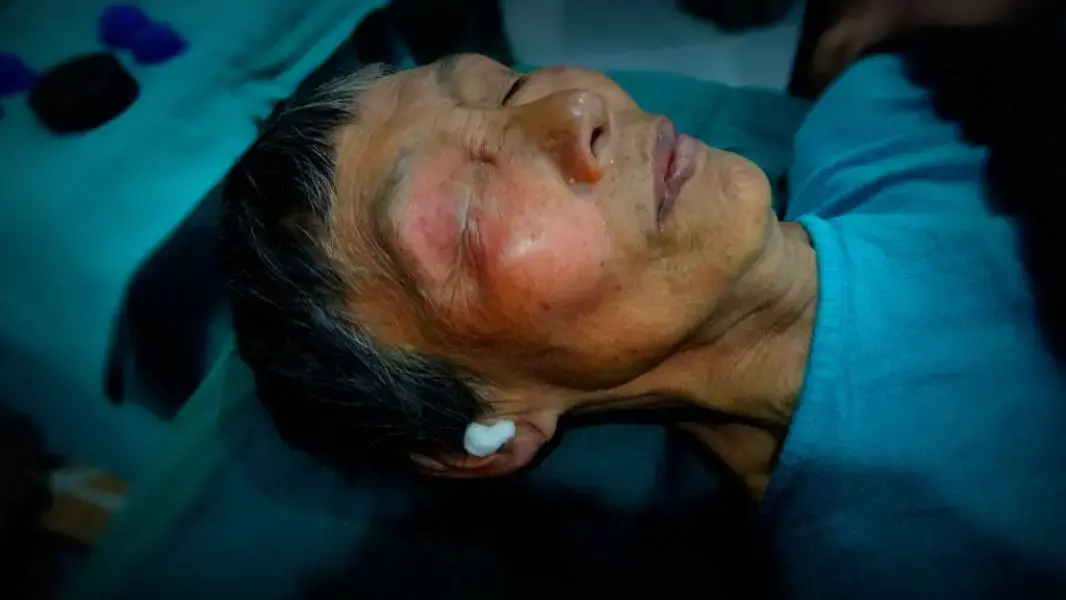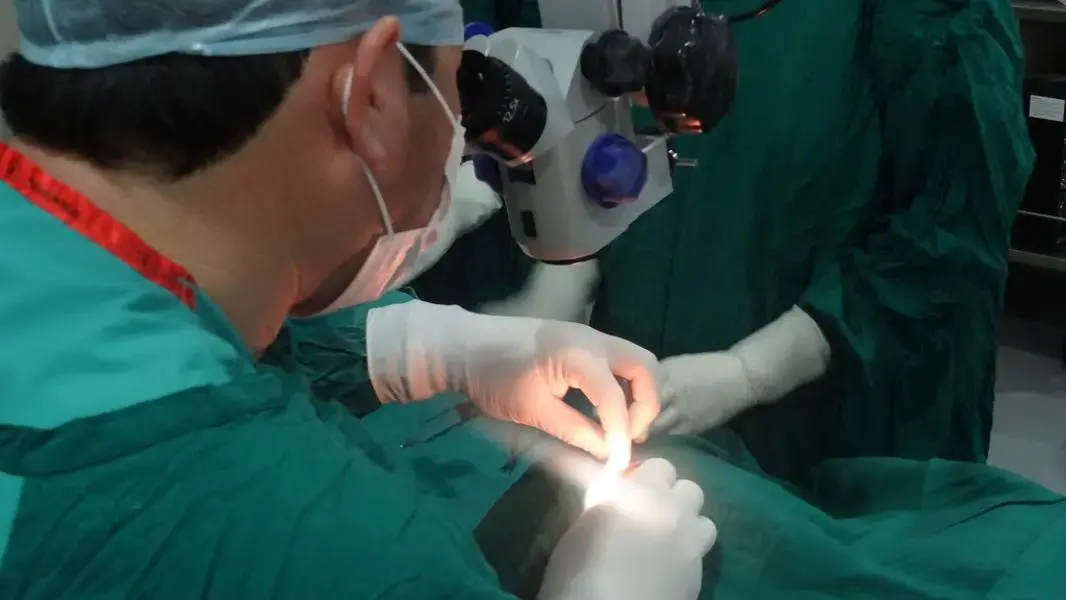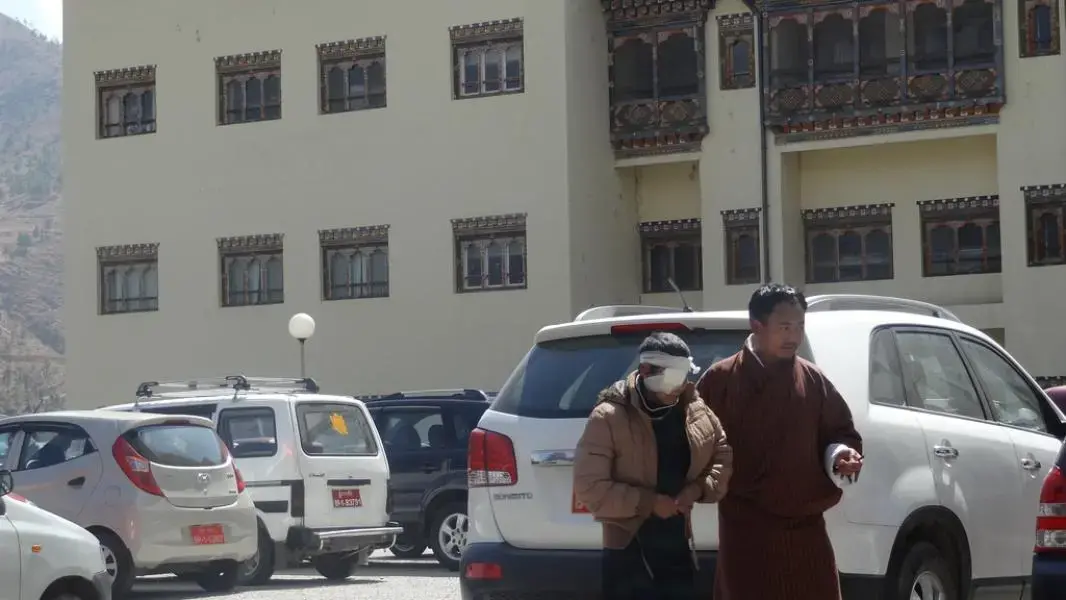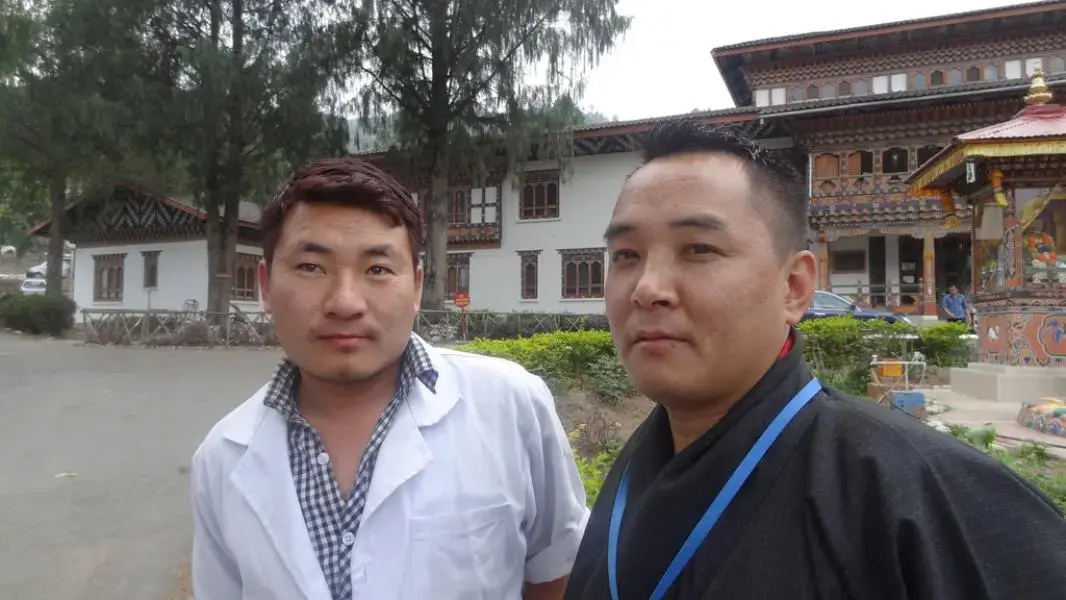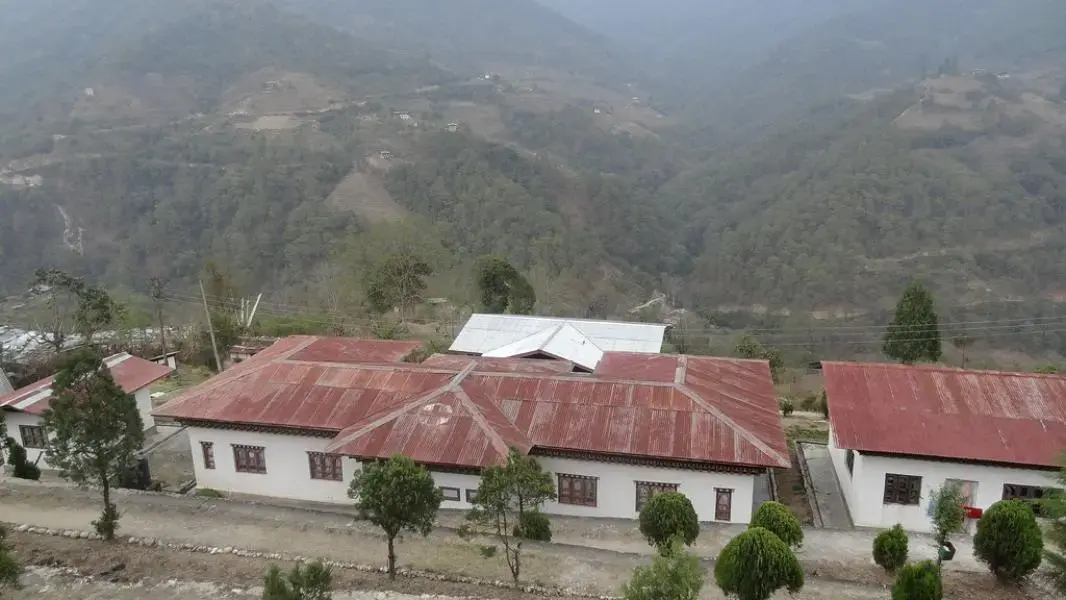In Bhutan, there are only eight ophthalmologists. With a population of roughly 750,000, that's about 90,000 patients for each eye doctor.
At Thimphu's primary hospital, Jigme Dorji Wangchuk Hospital, cataract and retinal patients crowd the opthalmology unit. They're waiting to see Dr. Kunzang Getshen, fondly known as the "father of eye care" in the country by his colleagues.
Dr. Getshen is keenly aware of the limited scope of eye care in Bhutan. But the answer, he says, lies not in just greater funding. Throwing money at the problem doesn't solve it, he says.
Dr. Getshen is a part of the fashionably-termed group of "social entrepreneurs" – though he's been improving eye care in the small Himalayan kingdom for the past 30 years, long before the term was coined. He's an unusual example of a government-employed civil servant (medicine is socialized in Bhutan) who is keen to work with the right partners, not just dole in cash from any donor.
This is refreshing. The rage around social entrepreneurship has been growing exponentially. Up-and-coming entrepreneurs are readily receiving high-profile recognition for their "good works" from corporations (in the form of handsome grants) and from the media (in glossy features). The focus of these "do-gooders" may have drifted, though. The unglamorous process of toiling for years before finding solutions has been cut short by social enterprise bootcamps, single-term courses, and hackathons.
But in Bhutan, there is no shortcut. From the capital city of Thimphu to neighboring Punakha in the east, it's a 70 km drive that takes three to four hours each way, depending on road closures and construction. Simply reaching the patients, Dr. Kunzang says, is a challenge in such a mountainous country where peaks reach 20,000 feet, and communities are nestled in them. It's an age-old dilemma of reaching the so-called "last mile."
Rather than just training more doctors, Dr. Getshen is relying on a network of technicians in remote locations to do the "grunt" work: consult patients, perform basic diagnoses, treat simple cases, and catalog data for monthly eye camps. About 53 such technicians have been dispersed nationwide. They operate out of small hospitals and clinics with barely 20 beds. Once a month, ophthalmologists such as Dr. Getshen make the trek to do eye camps, performing up to 30 surgeries a day easily. With all the prep work completed, Dr. Getshen can perform on more patients in a single day. And the costs are kept low: for instance, a cataract surgery is roughly 500 Rupees, 300 of which is spent on lenses (that's under $10 for surgery, and $6 for lenses).
Rather than reinventing the wheel, Dr. Getshen is keen on "outsourcing" whenever possible. "Why not use the facilities that already exist? They're good at what they do." Hence, aspiring technicians go to training programs at the LV Prasad Hospital in Hyderabad, India or Aurolab in Madurai, both eye care hospitals known for their low-cost techniques.
Not tempted by wealthy suitors, he picks his partners carefully, based on an alignment of values and resources, and then stays with them. In 1998, he started working with Nepali ophthalmologist, Dr. Sandak Ruit, on redefining Bhutan's eye care. Today, Dr. Getshen lovingly refers to Dr. Ruit as his elder brother (though he's actually a few months younger in age). The Himalayan Cataract Project, a not-for-profit organization run by Dr. Ruit and Colorado-based ophthalmologist Geoff Tabin, funds the travel costs for Dr. Getshen's army of technicians. Each year, Dr. Getshen receives $100,000 to send technicians overseas for training and cover their travel for regional eye camps in the country.
Unlike eye camps in neighboring India and Nepal, where villages hold thousands, and hundreds show up for treatment, in Bhutan, the numbers are smaller. "Here, it's not a matter of numbers. But a matter of reach and so we have to build an infrastructure that helps us reach every one of our villagers," Dr. Getshen says, shuffling from room to room in the ophthalmology unit.
To build that infrastructure, Dr. Getshen relies on these younger technicians. Yet, here too, he has his challenges. Since 1999, Bhutan has opened up to global media: from two radio stations to over a dozen, from zero television channels to now over 40, including British, American, Indian, and Korean programming. With it come the temptations to explore new lands and earn more money, says Dr. Getshen. "They want to work less, and earn more." And, they want to go beyond Bhutan, he says, given that the salaries at home are not as enticing.
Even after 33 years of service, Dr. Getshen jokes that he made "peanuts" – or 52,000 Rs. a month (roughly $850.00). "And it's not glamorous work," he laughs. He admits that his colleagues in India, whom he studied with in Bombay in grad school, are "minting" money now.
But, Dr. Getshen was always driven by a grander vision. In 1987, when he started operating in Thimphu, he was the sole Bhutanese ophthalmologist in the country. Yet, his approach to scale had less to do with massive funding, and more with capacity-building. It's the "less is more" strategy – apt for a Buddhist, living in the land of Gross National Happiness.
The same applies to his equipment, which is meticulously cared for to keep repair costs minimal. Maintenance in such remote locales can become a headache, he says. "Even if we're missing one screw, I have to take it to India to have it serviced or fly someone out here." To combat this, he is constantly reminding his staff to be cautious with the tools. "We must respect them, not replace them," he says, standing in the operation theatre.
Dr. Getshen's philosophy is a thoughtful approach to social enterprise, grounded in resourcefulness. In the face of a growing "industry" of social innovation, powered by big philanthropic dollars, and an eagerness to scale ideas quickly, his story highlights some basics that serve as sage advice.
Scale does not need to be rushed. Invest in building smart infrastructures that help keep costs low. Focus less on fundraising, more on utilizing existing resources and networks. And find a couple of solid partners, not many, to help you along the way.
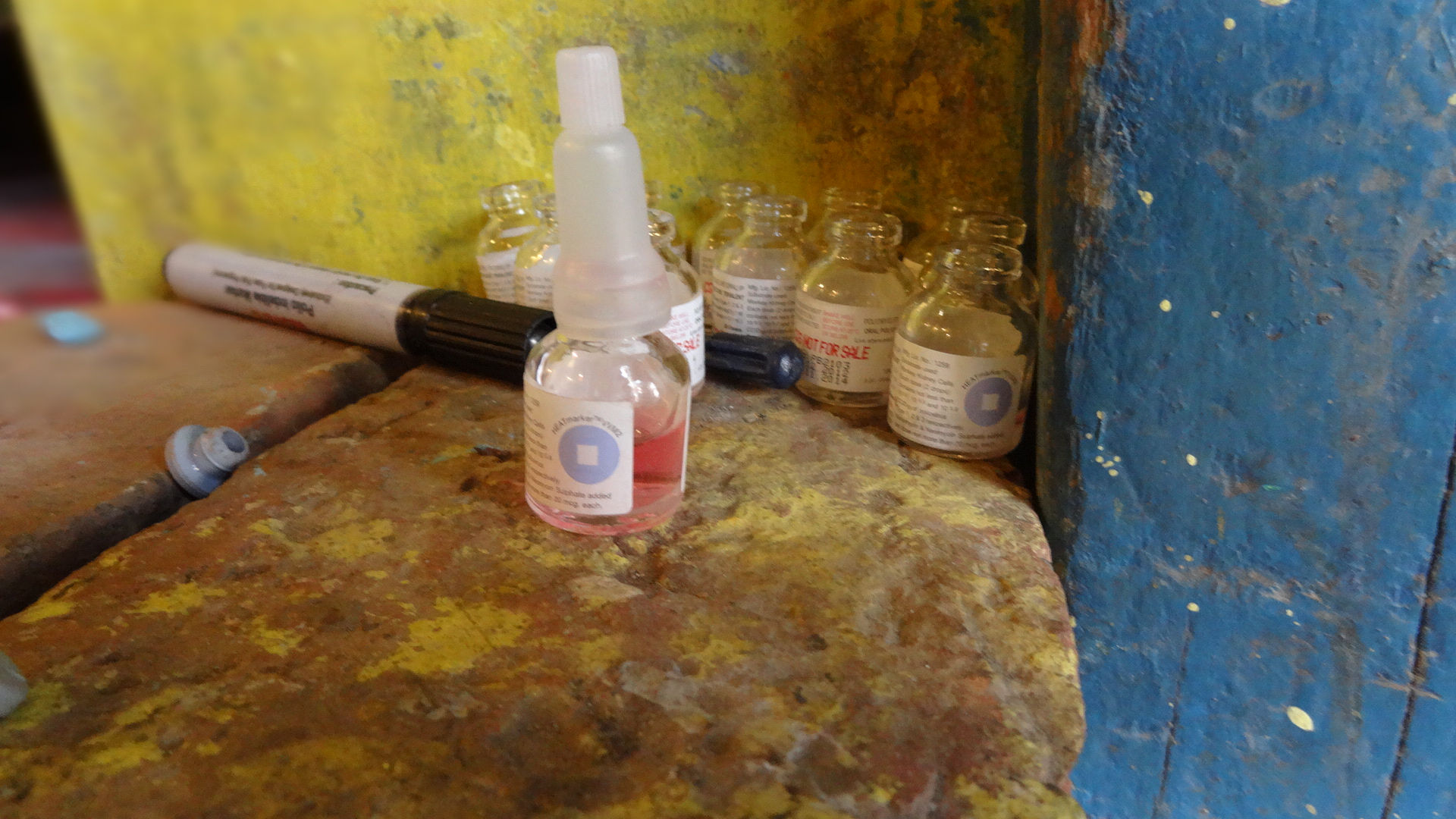
Education Resource
Journalist Esha Chhabra on India's Fight Against Polio
Esha Chhabra travels to India to look at the strides made against polio and new innovations in...


